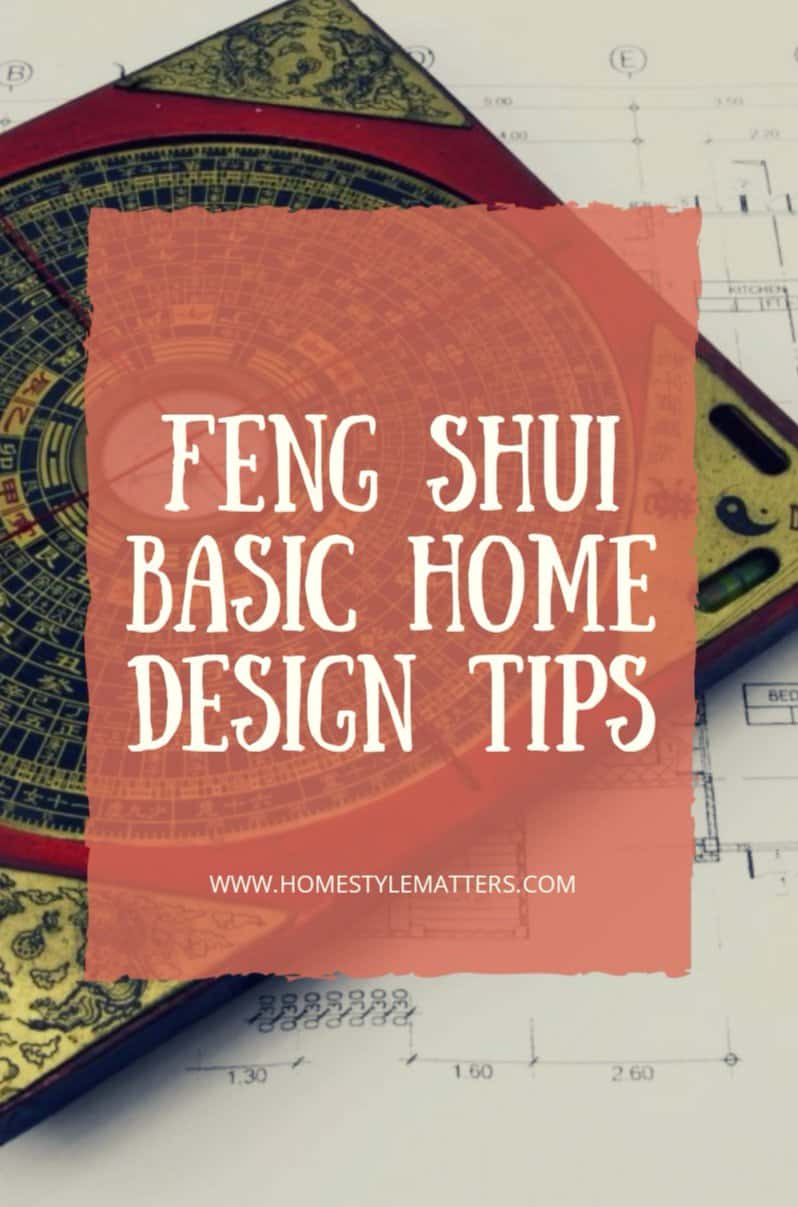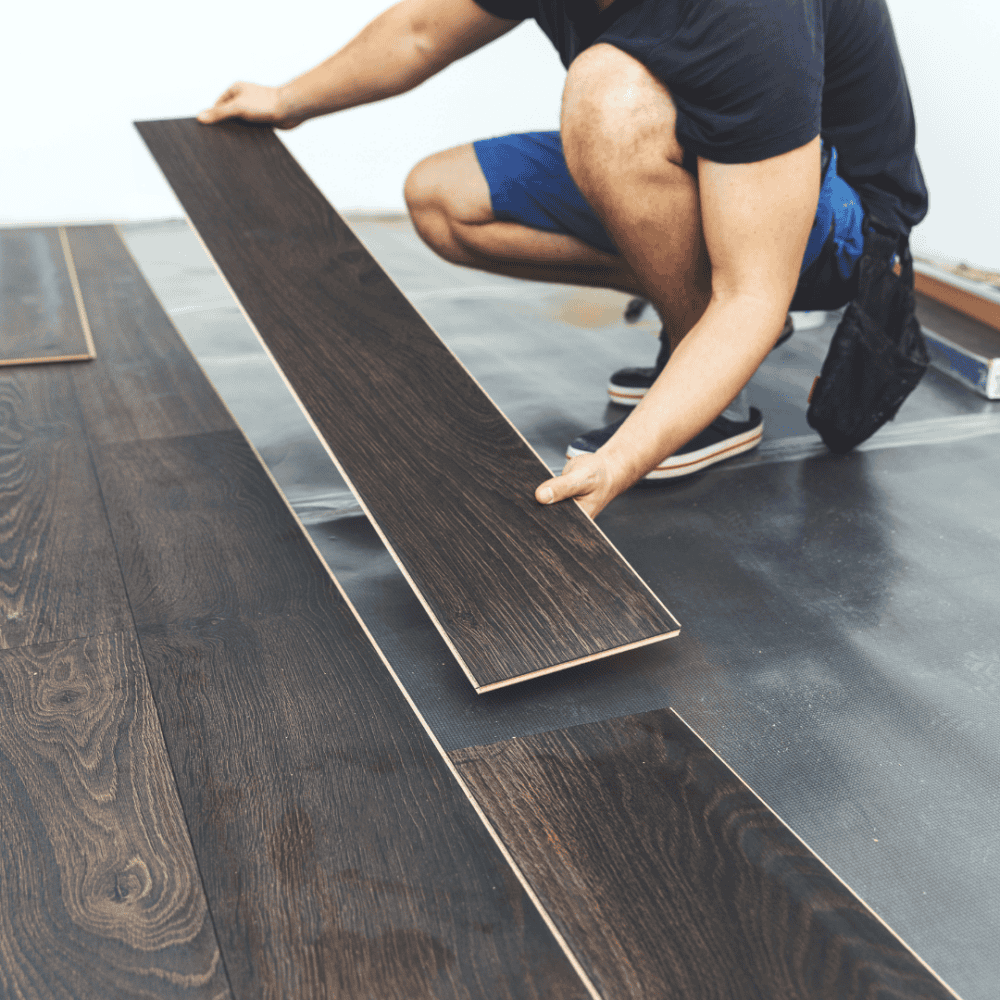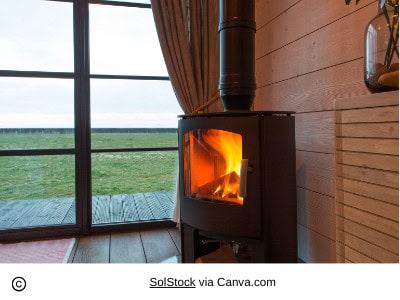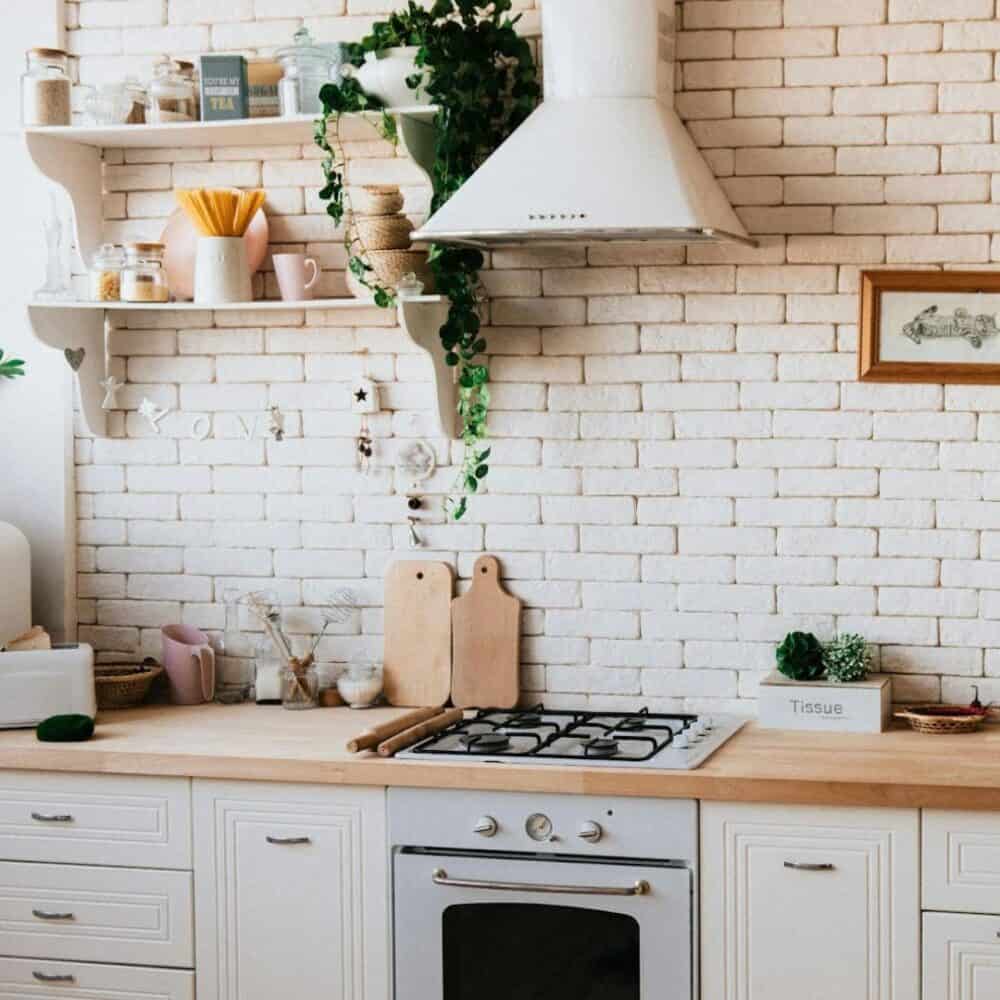Feng Shui basic home design tips
Feng Shui design appeared on the western home interior design scene about two decades ago, but it has been around for over 3,500 years; getting its start in ancient China. It involves incorporating certain metaphysical beliefs into the decorating design of the home.
Elements of Feng Shui

Feng Shui design focuses on the five elements of the universe’s energy: wood, fire, earth, metal and water. By properly incorporating these energy sources into your home design, a balance of positive life energy is created that attracts wealth, health and inner peace.
- Wood – Maintains Health and Wealth
- Water – Career Advancement and Wealth
- Fire – Notoriety
- Metal – Relational and Family Health and Unity
- Earth – General Happiness
These elements, properly incorporated, attract and balance the natural energy that exists in all things. To assist in the understanding of these elements the Bagua compass, an octagonal grid, is used to identify and explain the application of these five major elements.
When determining a Feng Shui decorating design, the key is finding the chi, or in western terms; positive energy. In-home interior design, certain things can affect the flow of chi, such as the placement of furniture or the positioning of an object. The placement of items should encourage a positive flow of this chi energy from room to room, not stifle or block it.
The Colours of Feng Shui
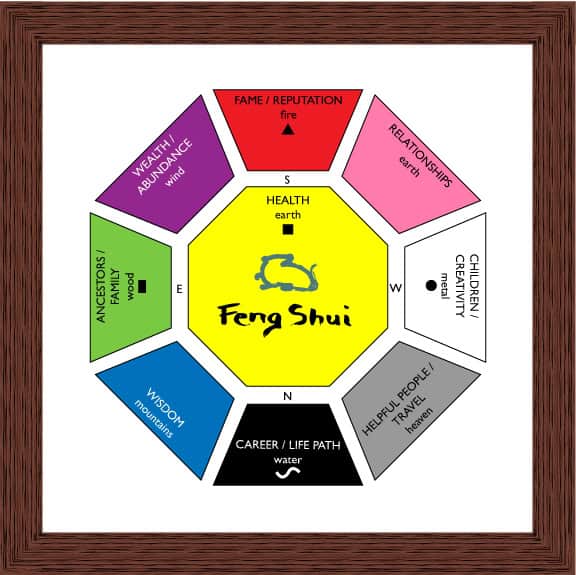
A room’s colour scheme is also important. Each colour represents not only the five energy elements but the application of colour in each room will enhance the positive function and purpose of that room. A simple break down of Feng Shui colour is as follows…
- Wealth: Purple, Green, Blue, Red
- Fame: Red
- Love: Pink, White, Red
- Health: Blue, Green, Yellow, Earth Tones
- Creativity: White, Pastels
- Self Development: Blue, Green, Black
Apply these specific colours or hues and variations of each to strengthen the energy in each room. For example, use a wealth of creativity colour in a home office, love or health colour in the bedroom and self-development colour in the bathroom.
The Importance of Placement

In Feng Shui, an eastern compass known as the bagua is used to determine what items should be placed in which room. Placement is an important aspect of Feng Shui design. For instance, mirrors should be placed in a small foyer or hallway to allow for better energy flow, but never in a bedroom because the belief is they hinder restful sleep.
Televisions and computers should be enclosed in cabinets to minimize their influence on what is natural in our lives. Sofas and chairs should be angled so they’re not directly facing the television. In addition, place chairs and sofas in groups to enhance conversation, rather than isolation.
Certain features in a home can also affect energy flow, so it’s important to apply Feng Shui design on these areas as well. If there is a long, narrow hallway in the home, place plants or large pictures at the end so energy or chi flows more naturally, rather than in a straight line.
Corners of rooms can often be dark and empty, something that’s not good for energy flow. Use plants, candles or small lamps to remedy this situation.
Incorporating Feng Shui design into any decorating scheme will bring positive life energy to every member of the family.
